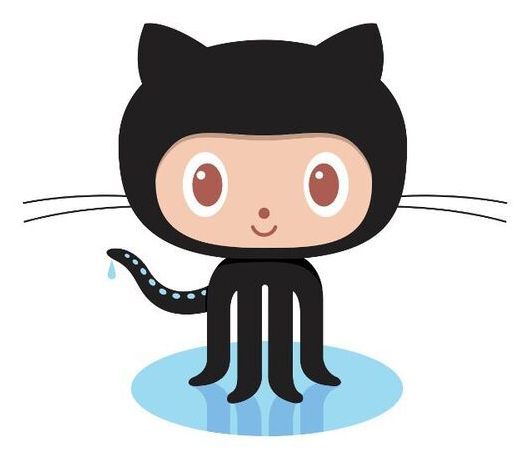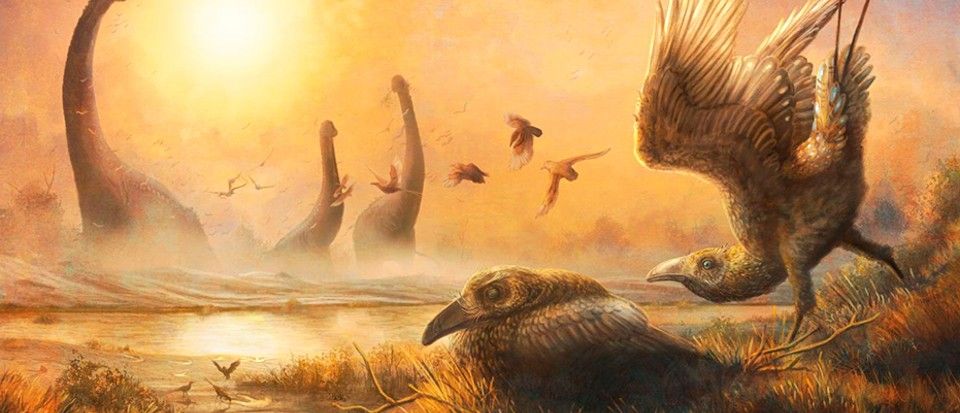Lockdown — seen from space.
Almost as soon as the coronavirus pandemic began, experts started noticing that the global lockdown appeared to be resulting in a sharp drop in worldwide carbon emissions.
The idea generated both memes about humanity’s destruction of the planet and well-intentioned visions of a greener future. Now, NASA scientists have found that overall the lockdown has resulted in a 20 percent global reduction in nitrogen dioxide emissions since February, according to a press release – a shift that left them shocked.





